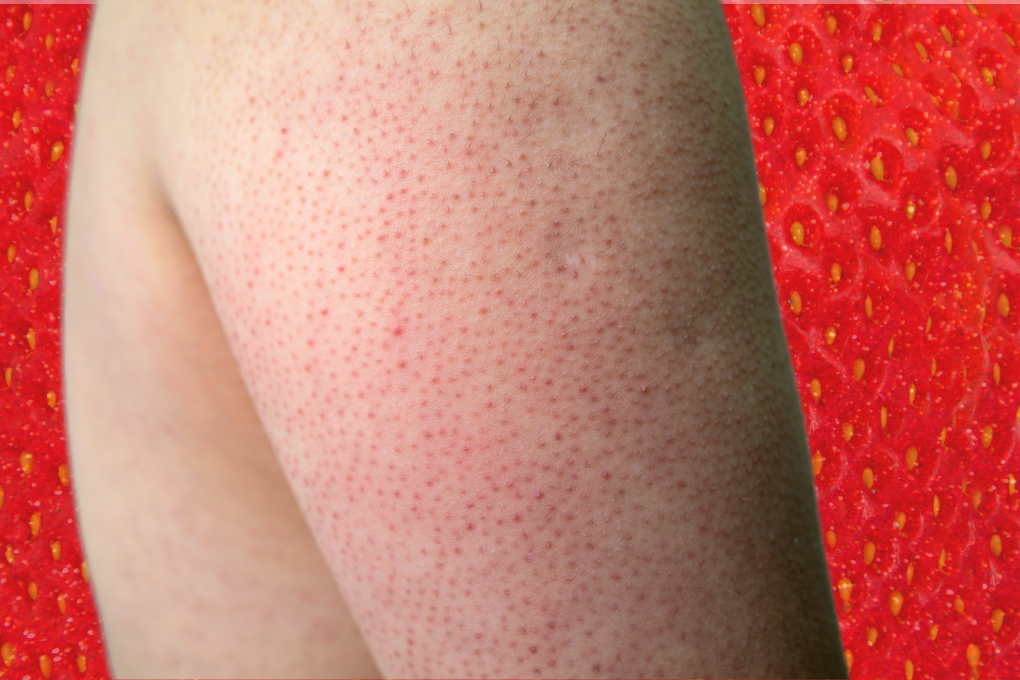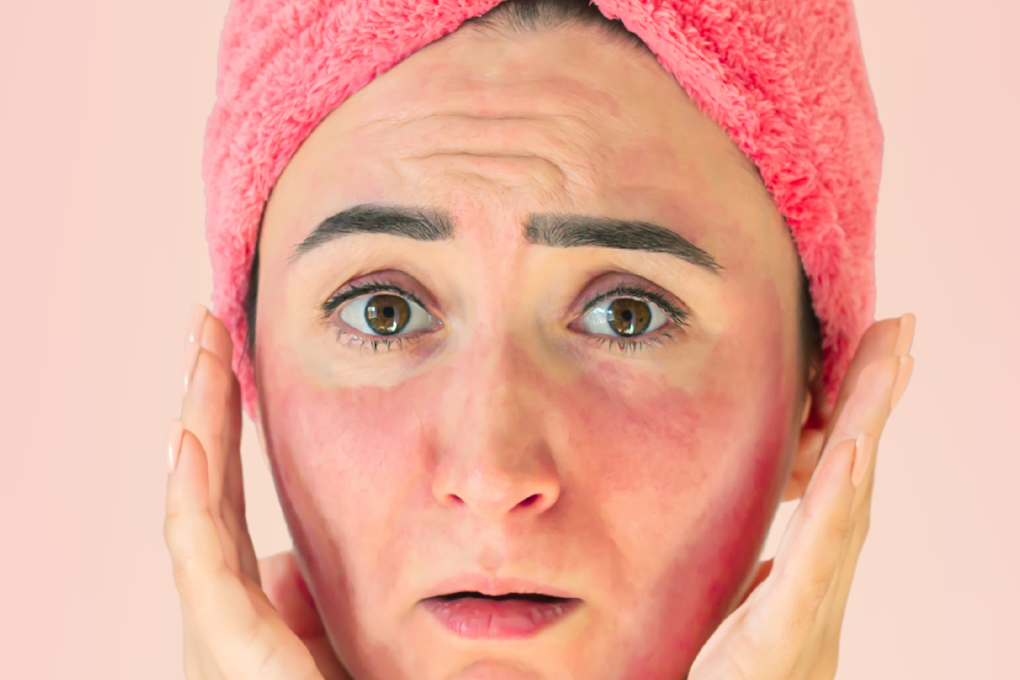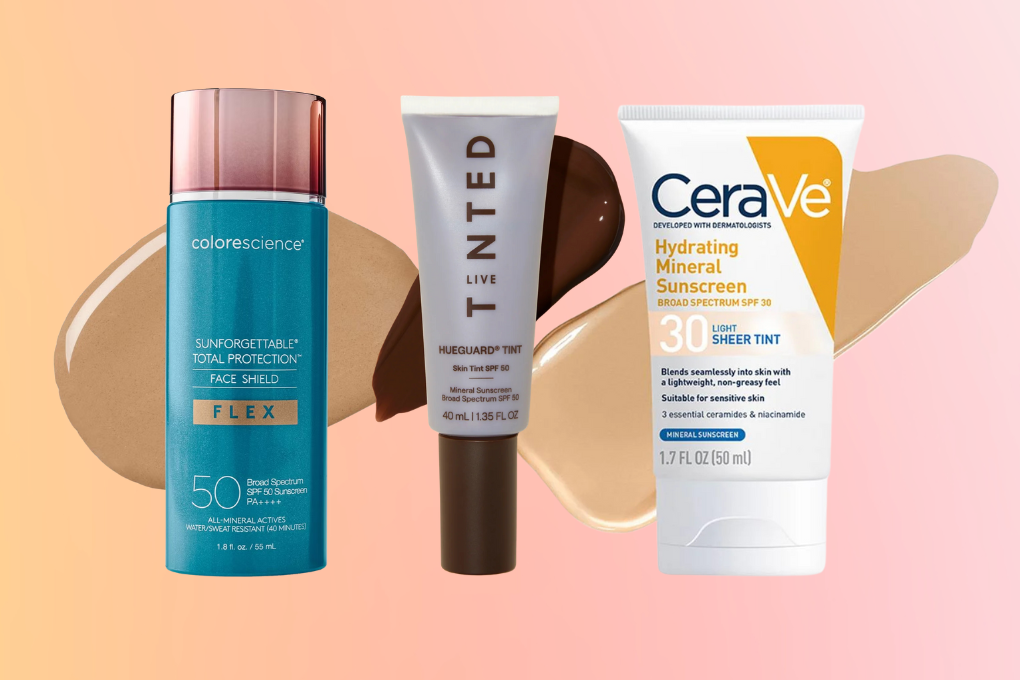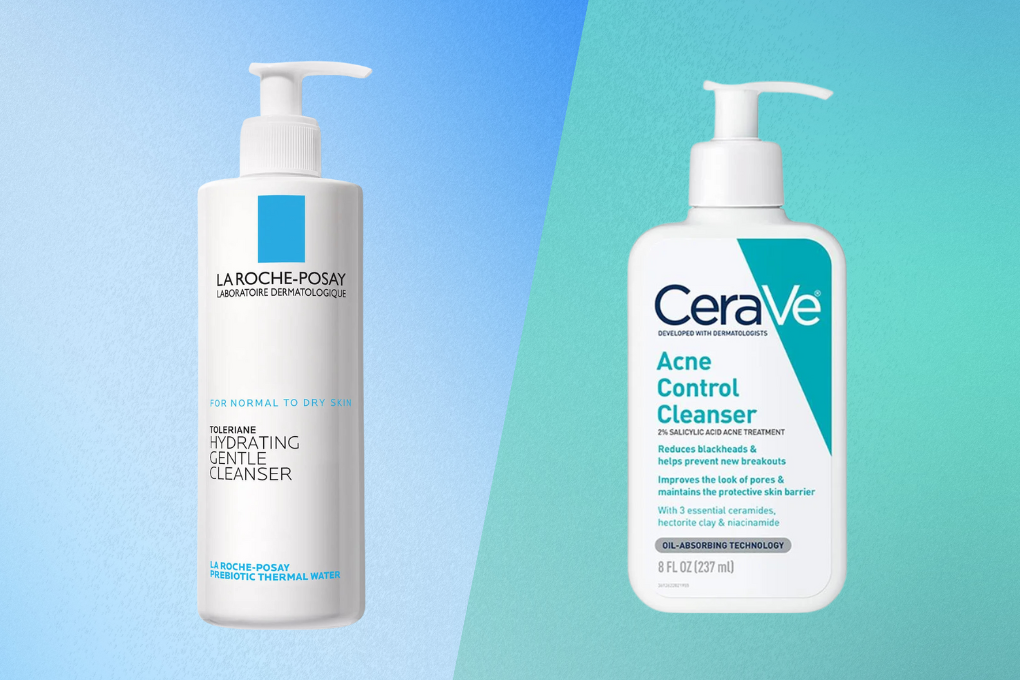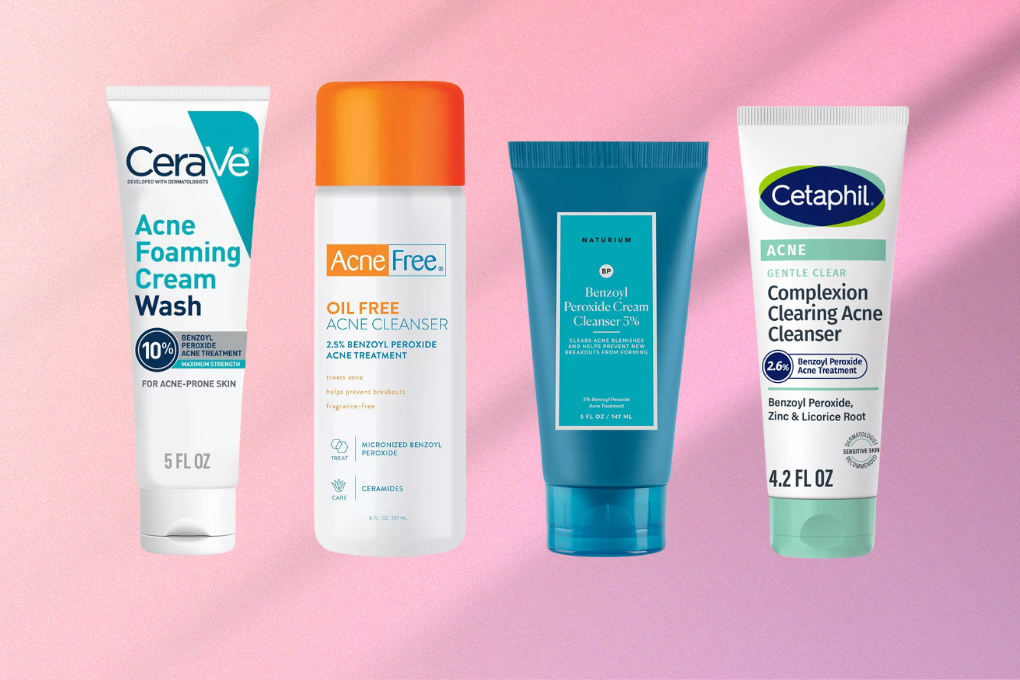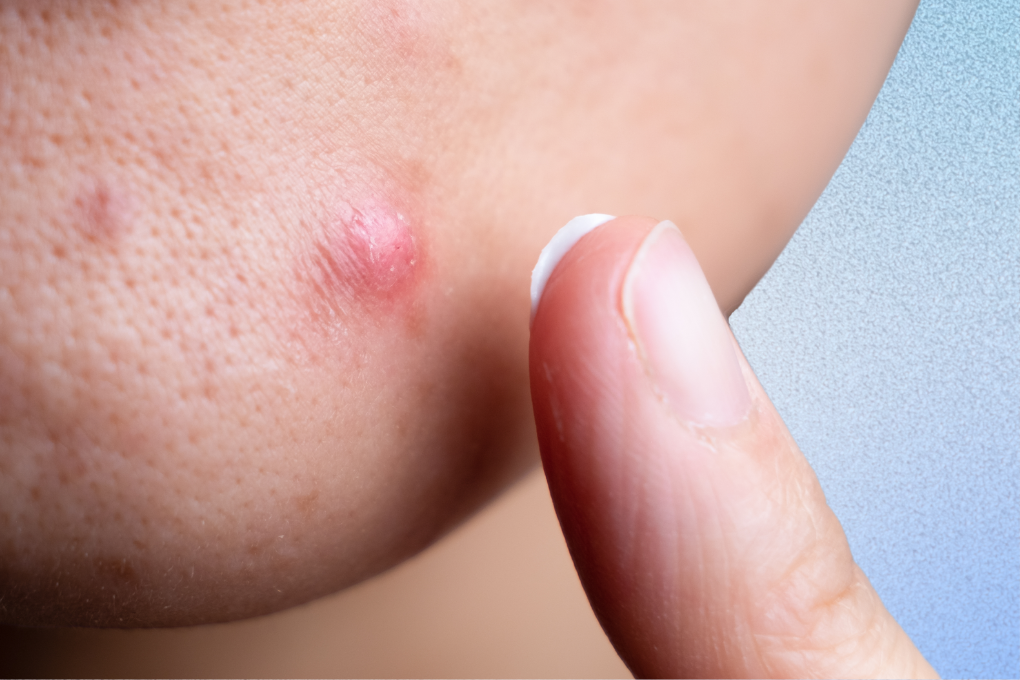Feeling rough? As warm weather approaches and we pay more attention to our arms in preparation for summer clothing, you may have noticed some small bumps. If you have what look like small pimples on the back of your arms, you might be dealing with a skin condition called keratosis pilaris (KP).
While small pimples or red bumps on the arms or other areas might make you think it’s body acne, these bumps are caused by keratin plugs, not sebum plugs. KP is a common skin condition that affects over half of teenagers and 40% of adults.
What is Keratosis Pilaris?
Keratosis pilaris (KP) is a harmless condition where small bumps show up on the skin, often on your upper arms, thighs, and butt. KP can affect other areas of the body as well.
These pimples on the arm are usually the same color as the skin or slightly reddish. They are caused by a buildup of keratin, a protein that helps protect your skin, but in this case, it can clog your hair follicles, creating these bumps. KP can be more noticeable when your skin is dry, which is why it often gets worse during winter months.
Exactly what causes this overproduction of keratin that leads to KP is unknown. Several factors, such as genetics, dry skin, hormonal changes like puberty and pregnancy, and cold, dry environments, can contribute to it.
The rough, uneven texture of KP is sometimes compared to the skin of a plucked chicken or the surface of a strawberry, which is why it can be called “chicken skin” or “strawberry skin.” While the little red spots on the arm associated with KP are typically painless, they may cause itching or discomfort.
Keratosis Pilaris Treatment
While KP is harmless and often resolves on its own with age, there are plenty of ways to manage it and keep your skin looking and feeling better. But remember that all treatment options will take time. Give your chosen treatment at least six weeks to show improvement.
Keratosis pilaris treatments focus on exfoliating the affected areas to remove dead skin cells and unclog hair follicles to help soften and smooth texture. Alpha hydroxy acids (AHAs) like glycolic acid and lactic acid, beta hydroxy acids (BHAs) such as salicylic acid, and urea are commonly used to exfoliate the skin and remove dead skin cells, helping to unclog hair follicles and smooth the skin’s texture. Retinoids can also help increase cell turnover for smoother skin.
Remember to always use extra sun protection when using acids, as they make your skin much more prone to sunburn. And keep your skin well-hydrated, as dry skin can exacerbate KP symptoms. If your skin is not responding to these treatments, you should visit a dermatologist for stronger prescription products.
La Roche-Posay Lipikar Urea 10% Roughness Smoothing Lotion with Urea, Shea Butter, and Allantoin
La Roche-Posay's Lipikar Urea 10% Lotion is a gentle and moisturizing lotion that can even be used for sensitive skin. It's fast-absorbing with a non-greasy finish, making it easy to apply morning or night. With 10% urea, this lotion gently exfoliates and softens bumpy skin without disrupting the skin barrier. Allantoin and sustainably sourced shea butter help keep the skin soothed and moisturized.
- Fast-absorbing and non-greasy
- Urea gently exfoliates and moisturizes
- Shea butter and allantoin protect and soothe
- May not be strong enough exfoliation for some people
The Ordinary 0.5% Salicylic Acid Body Serum Exfoliating Treatment
The Ordinary's Salicylic Acid 0.5% Body Serum is designed to help clear body acne, but the exfoliating properties will also help smooth KP bumps. Salicylic acid can penetrate oil to clear pores, encourage the shedding of dead skin cells to smooth skin, and also help soothe redness. The low strength of 0.5% salicylic acid used in this serum keeps it from being too drying or irritating. The simple liquid formula is easy to use and absorbs quickly, so it can be applied anytime or layered under a body lotion.
- Good for body acne or KP
- Easy to apply and absorbs quickly
- Low strength of salicylic acid gently exfoliates
- May not be strong enough for some skin types
Paula's Choice Skin Revealing Body Lotion 10% AHA for Keratosis Pilaris with Glycolic Acid and Shea Butter
Paula's Choice Skin Revealing Body Lotion 10% AHA is a creamy and lightweight lotion that doubles as a leave-on exfoliant. A 10% concentration of glycolic acid exfoliates to help improve skin tone and smooth rough bumps. Green tea and vitamin C provide antioxidant support while allantoin and shea butter smooth and moisturize. It's an easy-to-use option that provides exfoliation and moisturization in one step to help soften skin texture.
- Creamy and lightweight formula
- Glycolic acid softens and smooths
- Antioxidants and soothing ingredients
- Expensive for the size
AmLactin Daily Nourish Body Lotion with 12% Lactic Acid Exfoliator and Moisturizer
Amlactin Daily Nourish Body Lotion is the KP treatment option most people reach for and for good reason. With a 12% strength of pH-balanced ammonium lactate, this lotion gently but effectively exfoliates the skin to clear KP bumps. Lactic acid is also a hydrating ingredient for the skin, and along with occlusive ingredients, Amlactin lotion can deeply moisturize skin and restore radiance. This formula is fragrance-free, so you will probably notice the lactic acid smell, but it does dissipate.
- Go-to treatment option for KP
- pH-balanced ammonium lactate gently exfoliates
- Formula is slow to absorb
- Natural lactic acid smell
The Ordinary Glycolic Acid 7% Exfoliating Toner with Brightening and Smoothing AHA
The Glycolic Acid Exfoliating Toner from the Ordinary contains 7% glycolic acid to remove dead skin cells and even skin texture, along with Tasmanian pepperberry extract to reduce irritation that can come with exfoliation. While ostensibly a facial toner, many people find it a multi-use product for the whole body. Its exfoliating properties can help with body acne, dandruff, keratosis pilaris bumps on the arms, and it can even be used as a deodorant to reduce body odor.
- 7% glycolic acid helps smooth skin texture
- Tasmanian pepperberry extract helps soothe
- Can also be used on body or as deodorant
- Can be irritating for sensitive skin, start slowly
CeraVe Body Wash with Salicylic Acid to Exfoliate Rough and Bumpy Skin
CeraVe's SA Body Wash is an easy way to treat body acne or KP that you can incorporate into your shower routine. It uses salicylic acid to soften and smooth your skin through gentle exfoliation. Hyaluronic acid, niacinamide, and three essential ceramides help support your skin's natural moisture barrier. Apply the body wash to affected areas in the shower and let it sit for a minute before rinsing off, and be sure to use a moisturizing lotion after. It can also be used to prevent ingrown hairs from shaving.
- Can help with keratosis pilaris and body acne
- Wash-off treatment provides gentle exfoliation
- May not be strong enough on its own
La Roche-Posay Effaclar Adapalene Gel 0.1% Treatment
From La Roche-Posay's Effaclar line, which is designed for acne-prone skin, comes their adapalene 0.1% treatment gel. Adapalene is a prescription-strength retinoid available over the counter in the U.S. in 0.1% strength. It works by increasing cell turnover to help prevent acne and can be used to treat blackheads, whiteheads, clogged pores, pimples, and even KP bumps on the arms. La Roche-Posay's version comes in an effective fragrance-free gel that you apply in a thin layer to your face or body once a day.
- Maximum over-the-counter strength
- Non-greasy gel-like texture
- HSA and FSA eligible
- Expensive
Glytone Exfoliating Body Lotion with 17.5% Free Acid Value Glycolic Acid for Keratosis Pilaris
From the AHA-focused brand Glytone, the Exfoliating Body Lotion is one of the strongest over-the-counter products to treat KP bumps with 17.5% glycolic acid. This high-strength AHA will exfoliate dead surface skin cells to smooth bumps and dry patches. It can also help even skin tone and reduce dark spots. It comes in a thick lotion that includes allantoin to soothe and petrolatum to lock in moisture. With an acid this strong, be sure to patch test your skin and always wear sunscreen on the treated areas.
- Very high strength glycolic acid to exfoliate
- Rich texture helps lock in moisture
- Can cause irritation for sensitive skin
- More expensive than other options
Hair Removal
Since KP is caused by keratin blocking hair follicles, reducing the presence of hair can help minimize this buildup. Methods like laser hair removal or electrolysis, done by professionals, can target the hair follicles directly and reduce hair growth.
At-home IPL (Intense Pulsed Light) devices are a popular option for hair removal, but they aren’t suitable for everyone. IPL devices work best if you have light-to-medium skin and dark hair, as the technology relies on the contrast between the pigment in the hair and the pigment in the skin to target the hair. People with darker skin tones could risk skin damage, while those with blonde, red, gray, or white hair might find IPL less effective.
Braun Silk Expert Pro5 IPL Hair Removal Device Lasting Hair Regrowth Reduction
Consult a dermatologist to ensure hair removal is appropriate for your skin type and to avoid any potential irritation.
Lifestyle Changes
Making simple changes can also help manage KP. Using a humidifier in dry environments can help keep skin hydrated, and avoiding hot, long showers or baths and using mild, fragrance-free cleansers can also help your skin.
LEVOIT LV600S Smart Warm and Cool Mist Humidifier for Home Large Room 753ft² Coverage
Prescription Medications
If over-the-counter products aren’t cutting it, a visit to a dermatologist for keratosis pilaris treatment may be necessary. They may prescribe you topical retinoids, topical corticosteroids, Accutane, or other medications to help manage underlying skin conditions. You may also want to visit a dermatologist if you suspect KP is on your face and you need help distinguishing it from acne.
Laser Treatment
For more persistent cases or when skin appearance is a significant concern, laser therapy can be an option. Dermatologists may recommend laser treatments to reduce redness and improve the skin’s texture, though multiple sessions may be needed for optimal results. This option is typically considered when other treatments have not worked.
Life with keratosis pilaris can be a bumpy ride, but these small pimples on the back of the arms are harmless and can often be managed. With the right keratosis pilaris treatment, you’ll smooth things out in no time!





